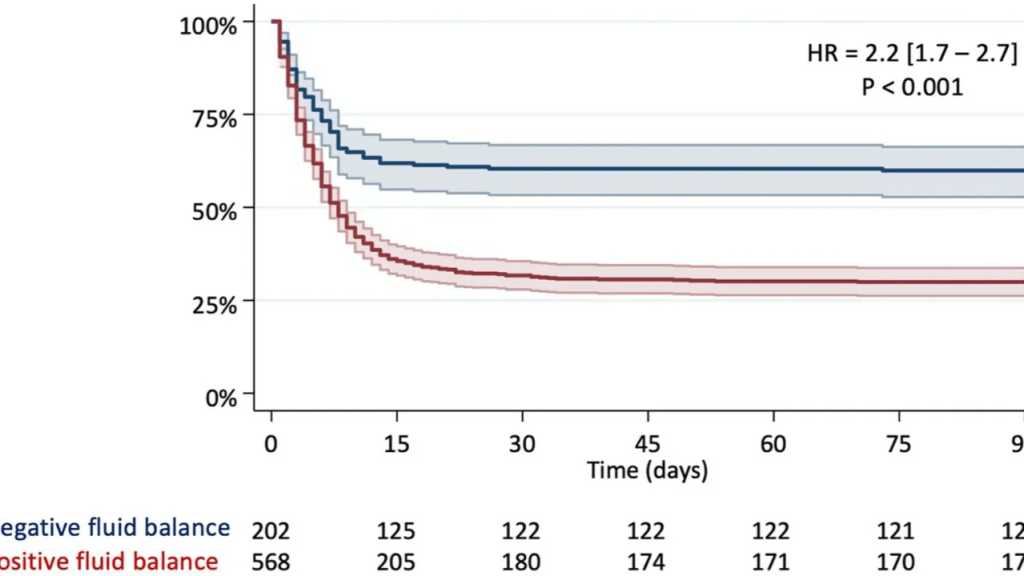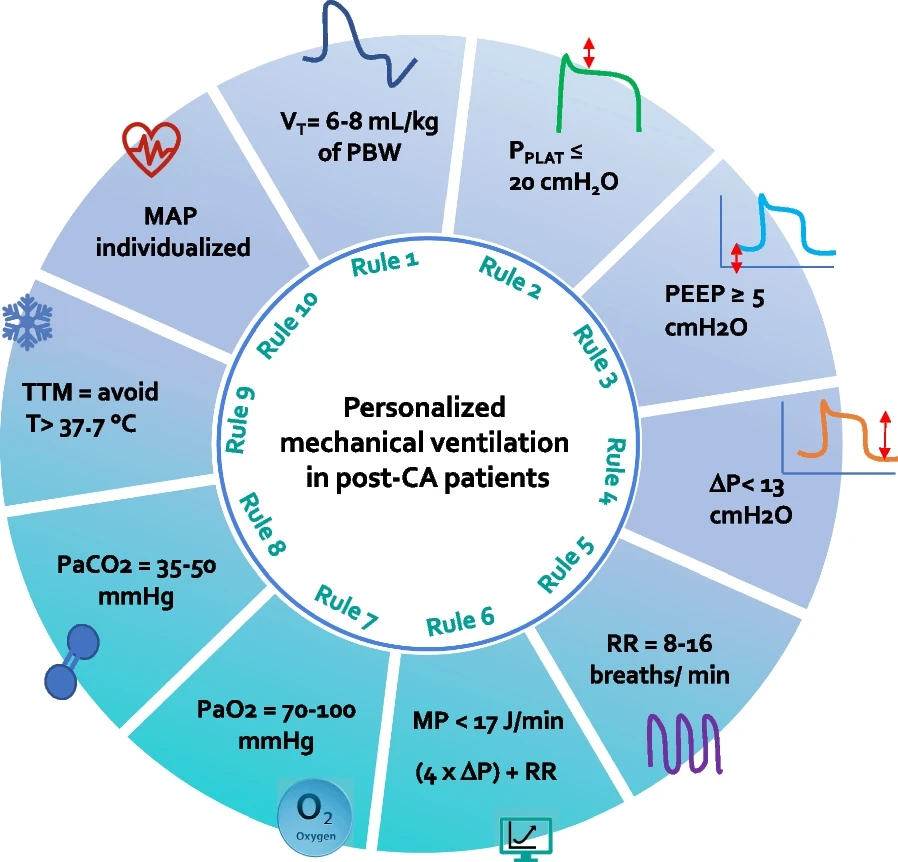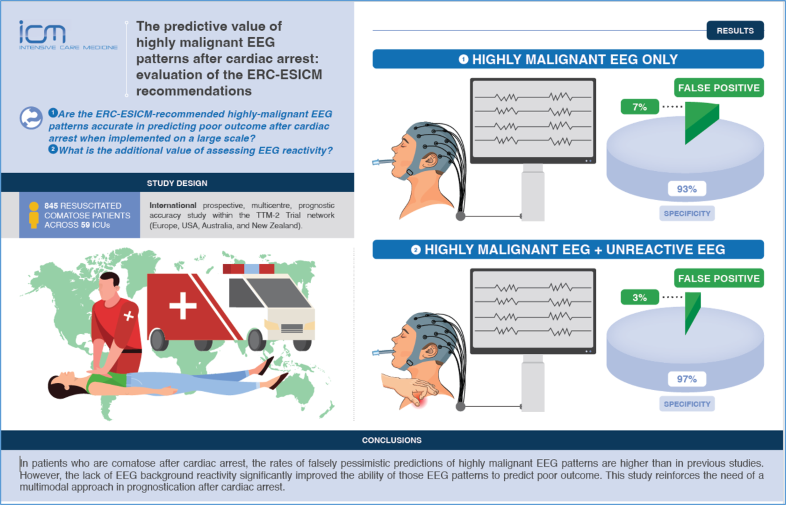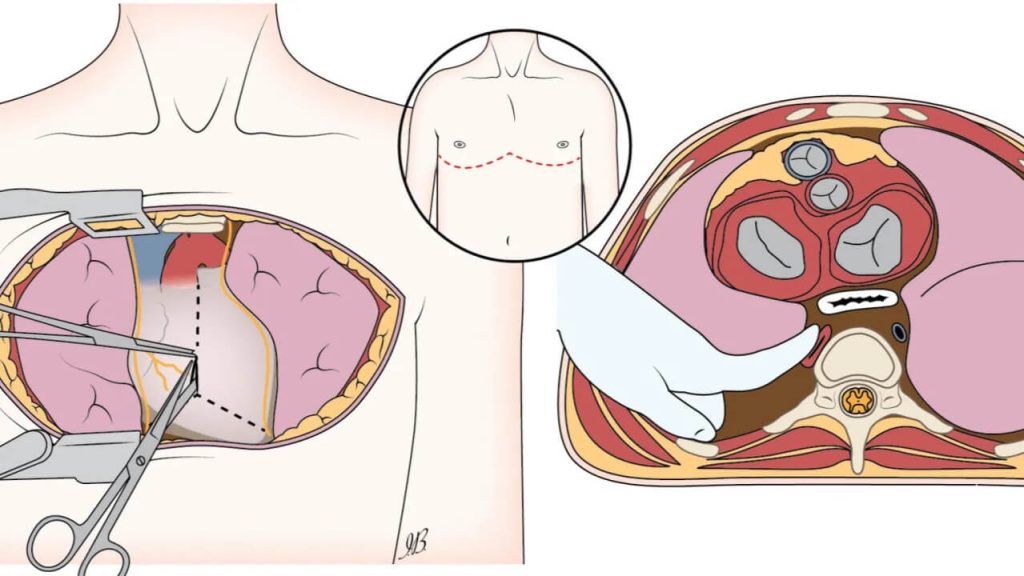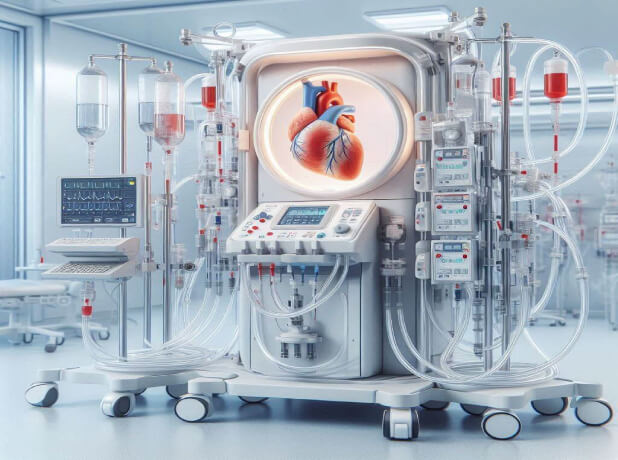Fluid balance and outcome in cardiac arrest patients admitted to intensive care unit
Summary Renaudier et al. conducted a multicenter study to evaluate the impact of fluid balance on outcomes in patients admitted to intensive care units (ICUs) after out-of-hospital cardiac arrest (OHCA). The study found that a positive fluid balance was consistently associated with increased mortality, highlighting potential benefits of restrictive fluid management in this patient group. […]
Fluid balance and outcome in cardiac arrest patients admitted to intensive care unit Read Post »
